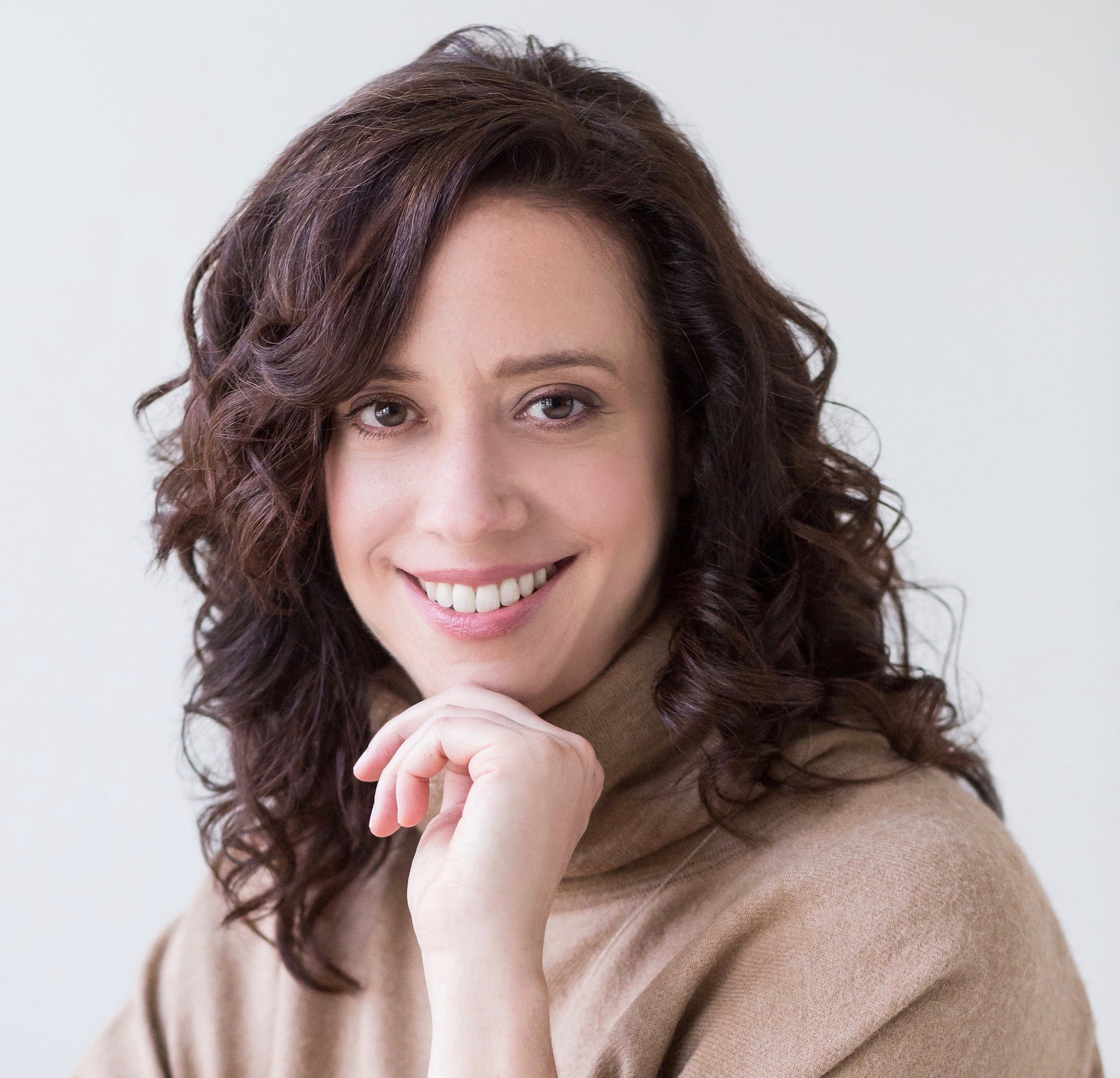Just Making Shapes
“In asana practice, you must feel the flow of energy moving through you,” said yoga teacher Victor Van Kooten, as a breeze flickered through the leaves of the olive trees in Eftalou, Greece. “Otherwise, you’re just making shapes.”
Just making shapes. Since I returned from two weeks studying with Victor and his partner, Angela Farmer, I’ve heard that phrase in my mind every day. Victor’s words helped me reflect on and identify some ways I’d been “making shapes,” rather than feeling my energy, not only on my yoga mat, but in much of my life. On the mat, I’d been striving to conform with the positions and sequences I thought my teachers expected; off the mat, I’d struggled towards one ideal of perfection or another in my personal and professional roles. My on-the-mat approach led to severe physical tension, and off the mat I rarely found a sense of steadiness or flow.
Fortunately, I took Victor’s words to identify not just a problem in yoga and my life, but a new possibility for approaching both: attending deeply to the flow of my own energy. I wasn’t sure what that might mean – or where it might take me – but the attraction was unstoppable.
A New Integrity
At home, I began working intensively with a Pilates instructor to better understand the how and why of my movements. With Ryoko I came to understand, viscerally, that two movements appearing identical to anyone but me – coming into a Downward Dog, say, or even simply raising one arm an inch or two – could initiate from radically different areas of my body, and have very different immediate and long-term effects on how I moved and felt in the world.
Later, Ryoko introduced me to the Anatomy Trains model developed by Tom Myers. I immediately gravitated towards this vision of our human bodies as a continuous, dynamic interplay between our muscles and soft tissues, and the bones they hold in place. This was so different from the worldview in my Anatomy 101 textbook: a skeleton of vertically stacked bones, protecting the organs inside, and moved by the muscles attached.
This idea of constant interplay in our bodies brought me back to the distinction Victor offered in the yoga studio: feeling personal energy, versus making predefined shapes. If our bodies and lives are structures, making shapes with them might make sense. If our bodies and lives are ongoing, emerging processes, though, paying attention to that unstoppable energy and movement is vital — not optional.
Along with my understanding of energy, this model began to change my understanding of integrity. Myers describes the human body as a tensegrity structure (using Buckminster Fuller and Kenneth Snelson’s term combining tension and integrity): our soft physical structures exerting continuous tension, in play with the integrity of our hard bones. Through this understanding, the energy of that continuous movement defines the shapes we take in the world. Our integrity or wholeness is not then a static structure to strive for, but rather a dynamic flow of movement and energy to engage in, with our greatest attention and care.
Movement as Mission
The journey I began in Victor and Angela’s studio has refocused and revitalized my health and my business. It has reaffirmed the importance of physical movement in my work with groups and teams, and I’m extending the tensegrity concept to my work with the “hard” and “soft” (or structural and cultural) elements of client organizations. I’m also exploring Laban Movement Analysis, a system originating in the dance world, as a tool to support clients’ work on mission and vision (aka, how they wish their organizations to move into the future.) I am deeply grateful for this movement, and eager for more to come, as we all expand together into this new year, decade, and future.


